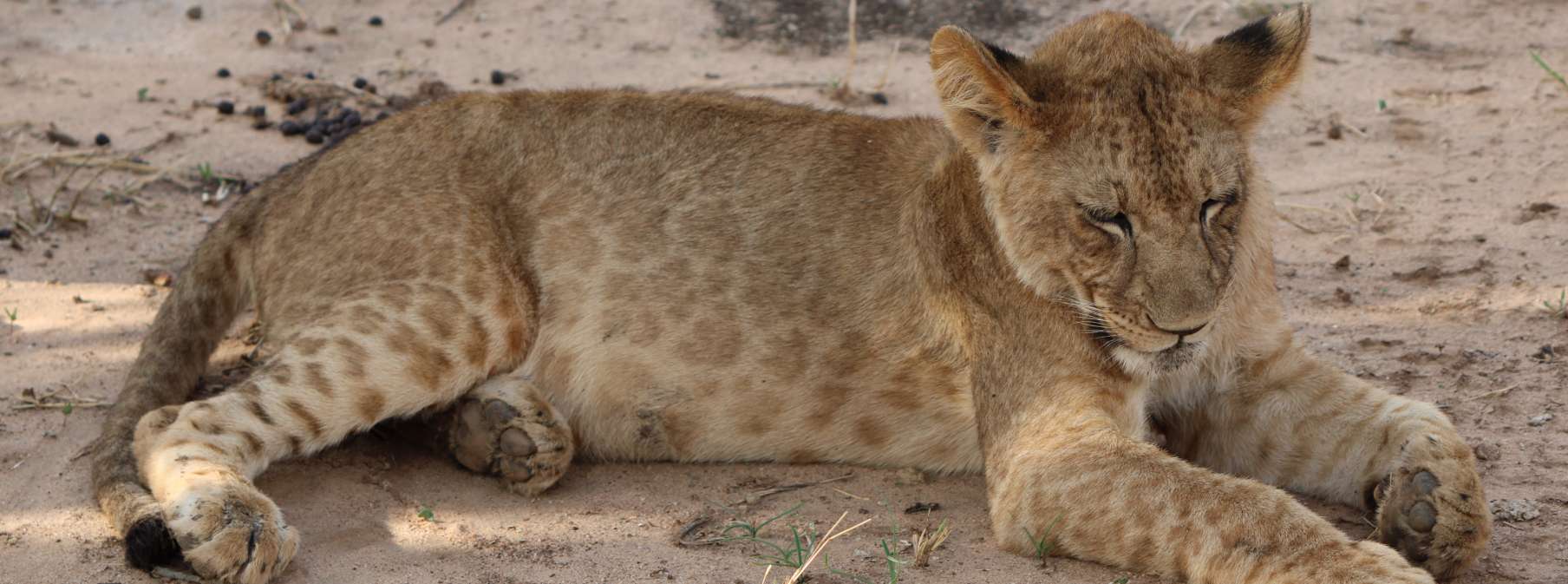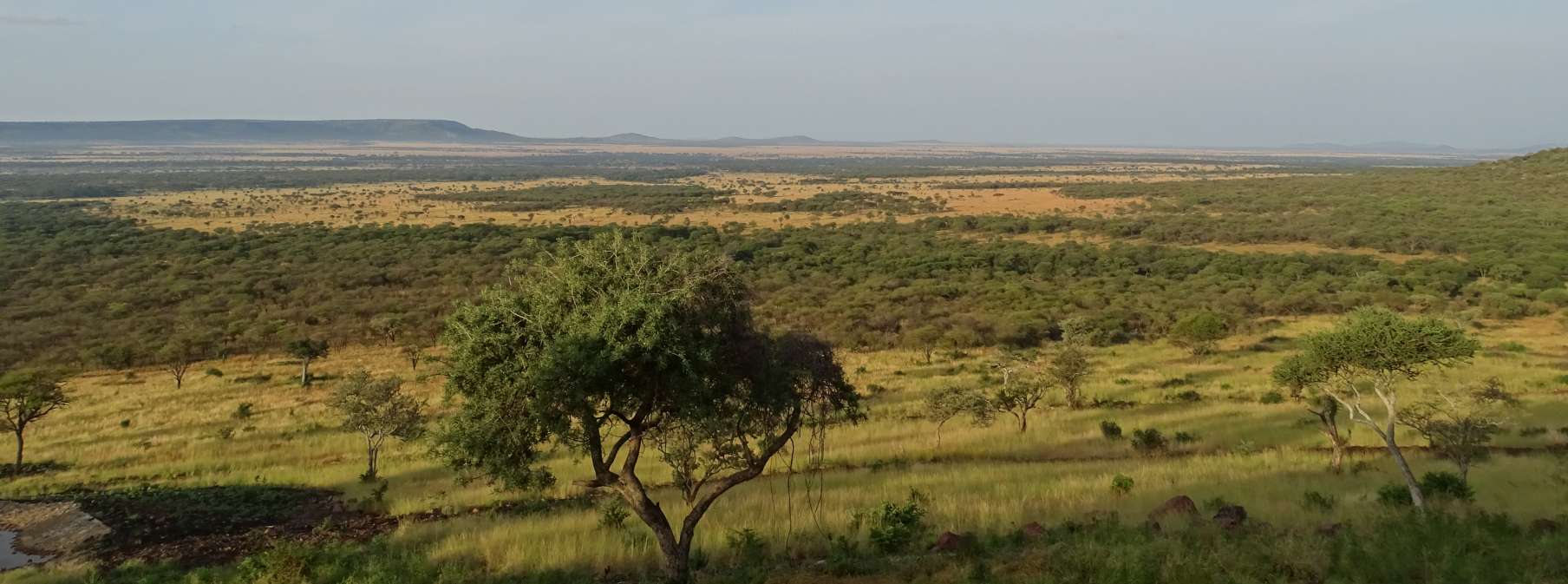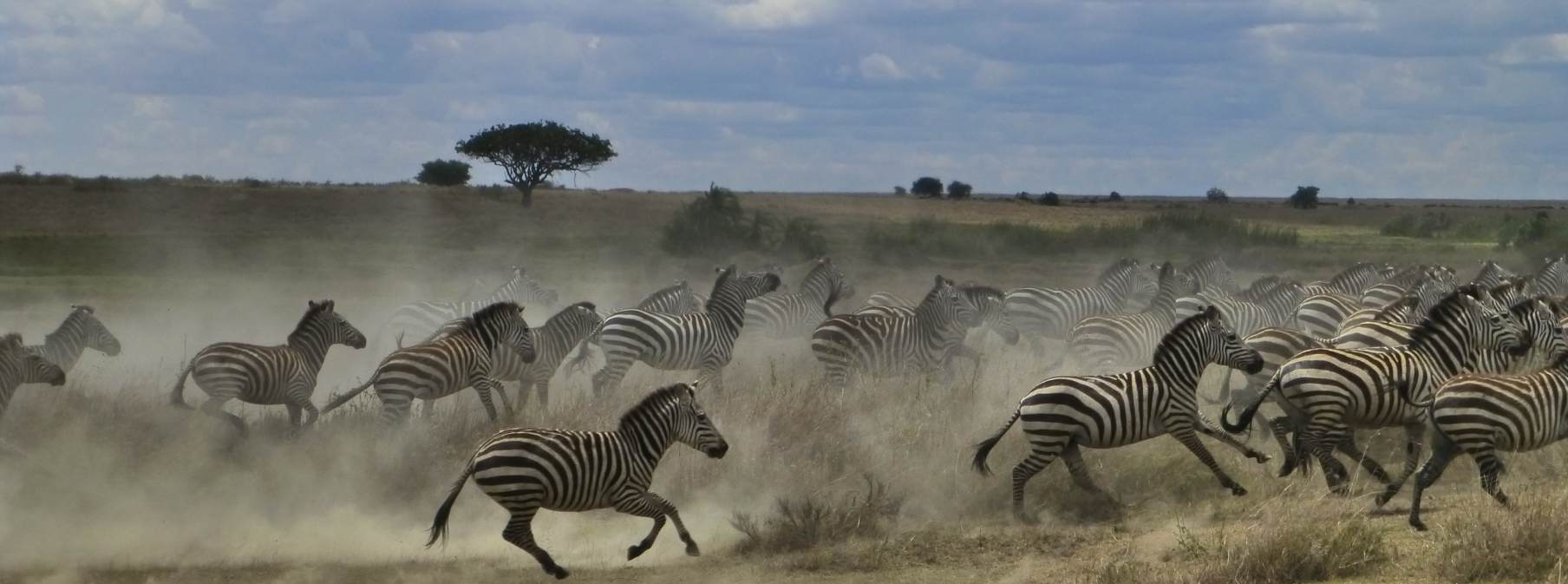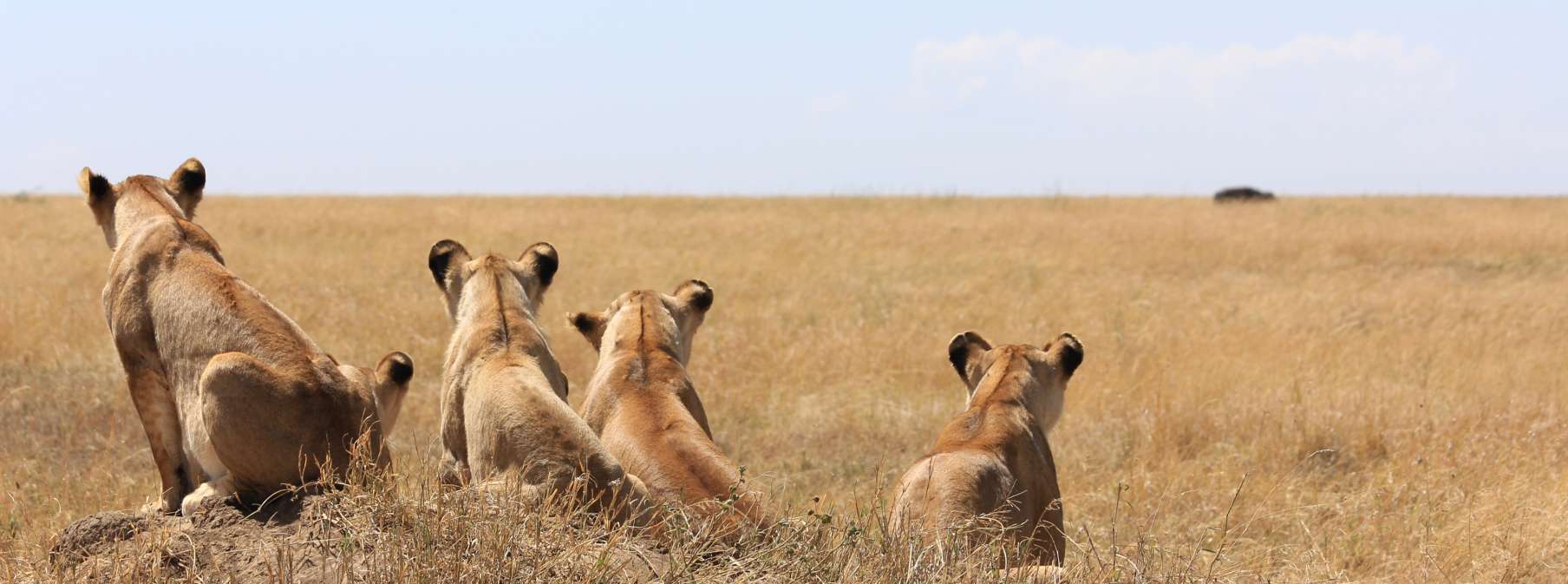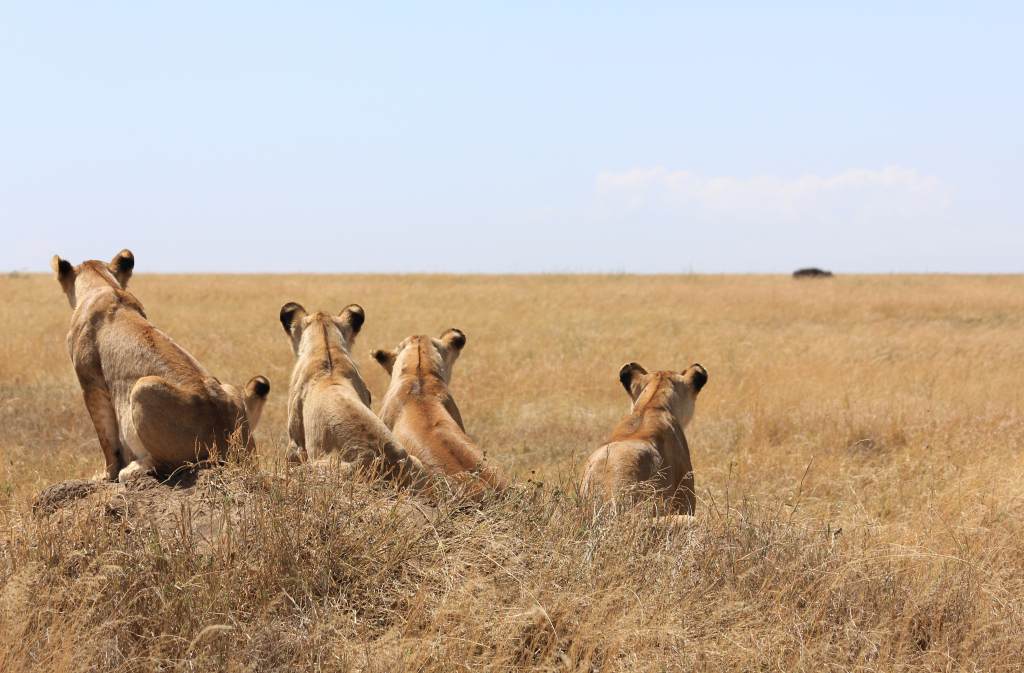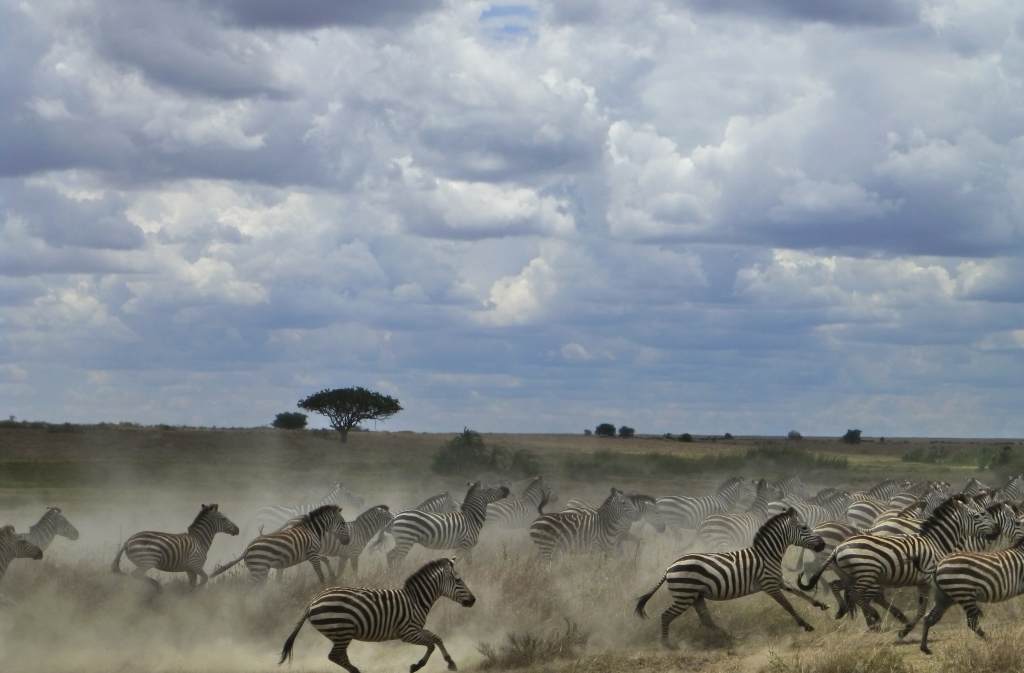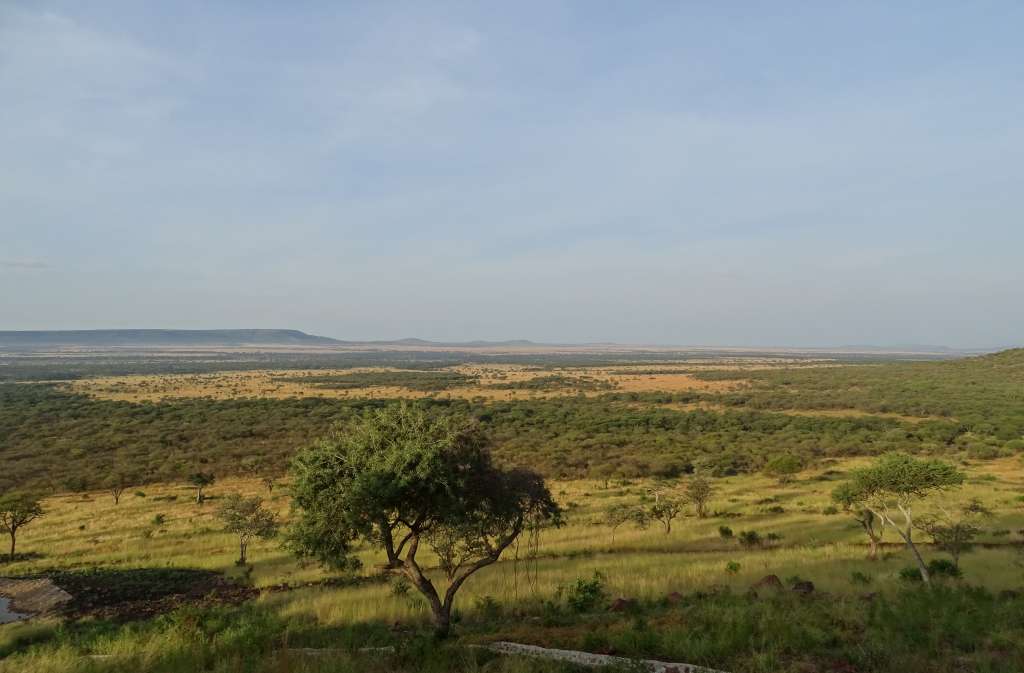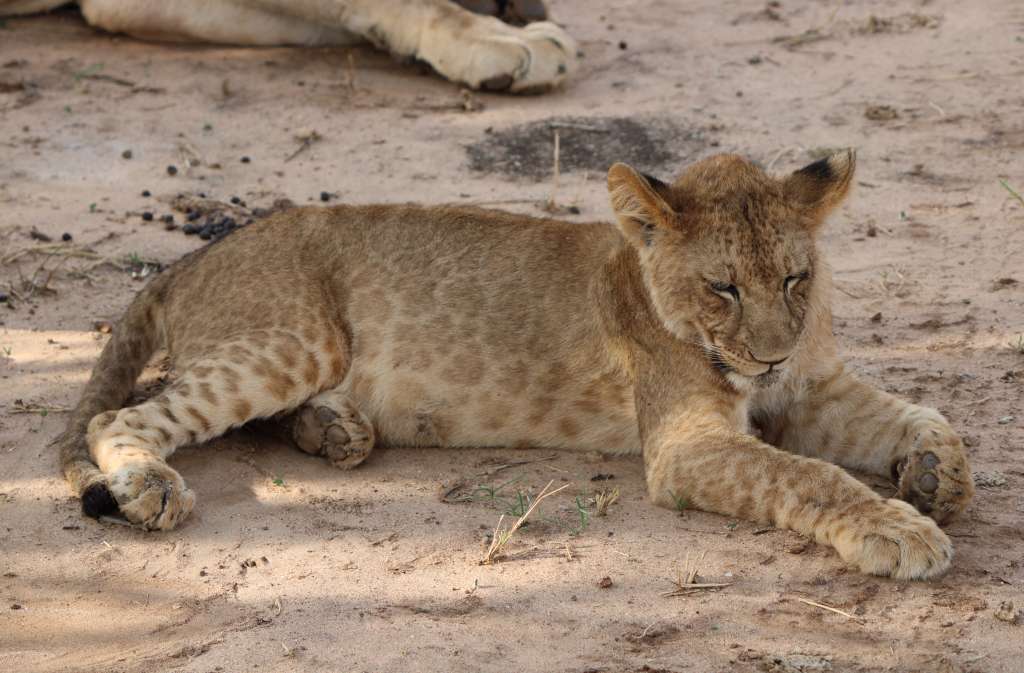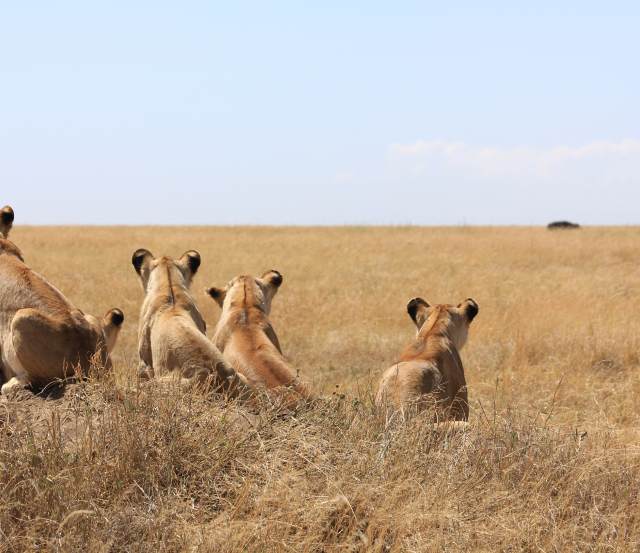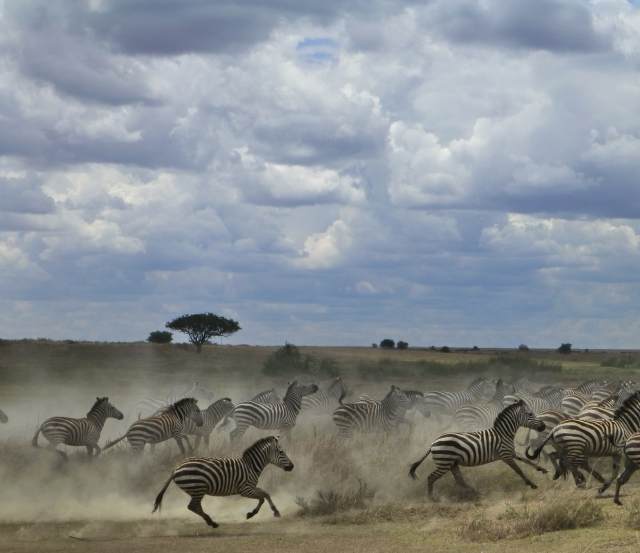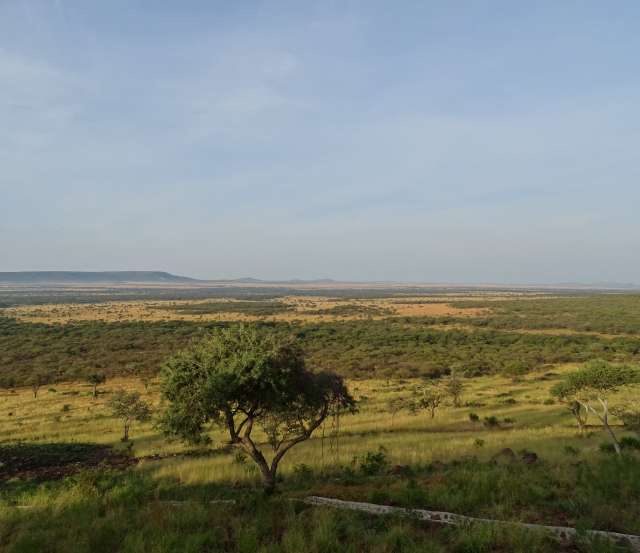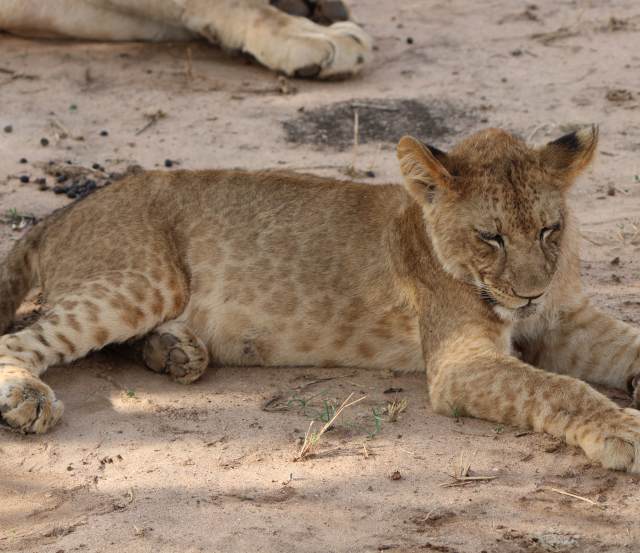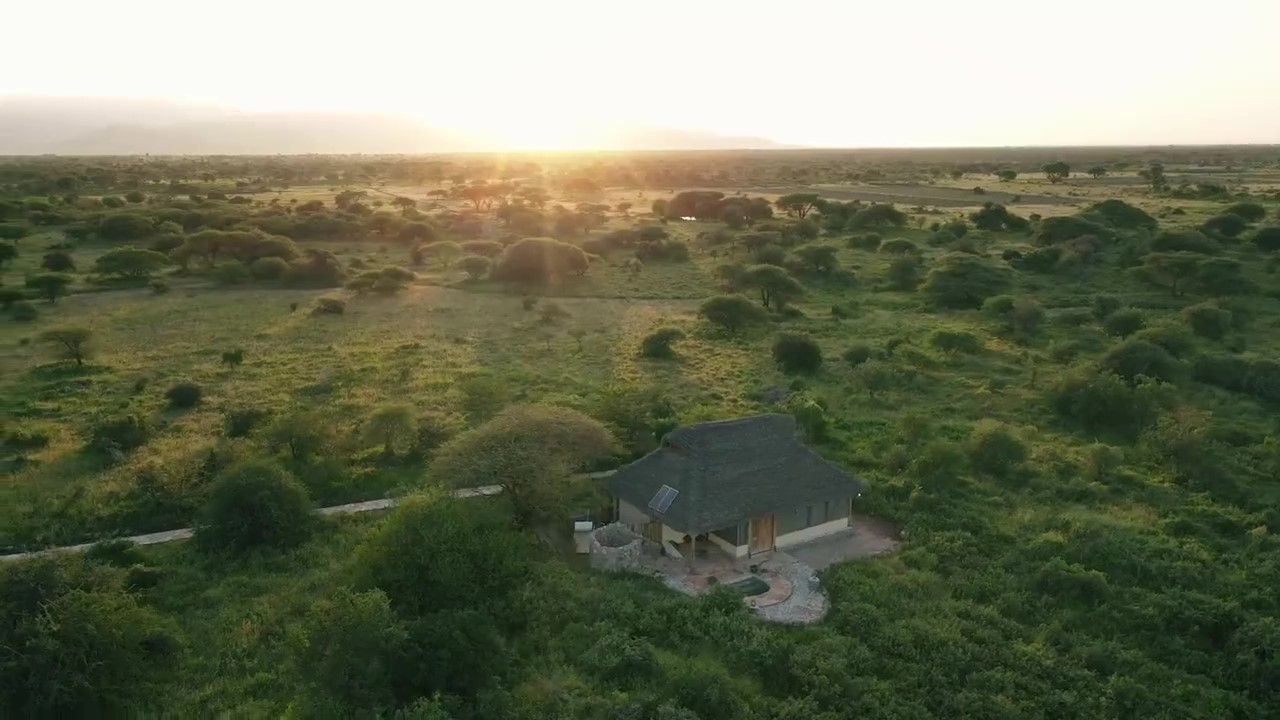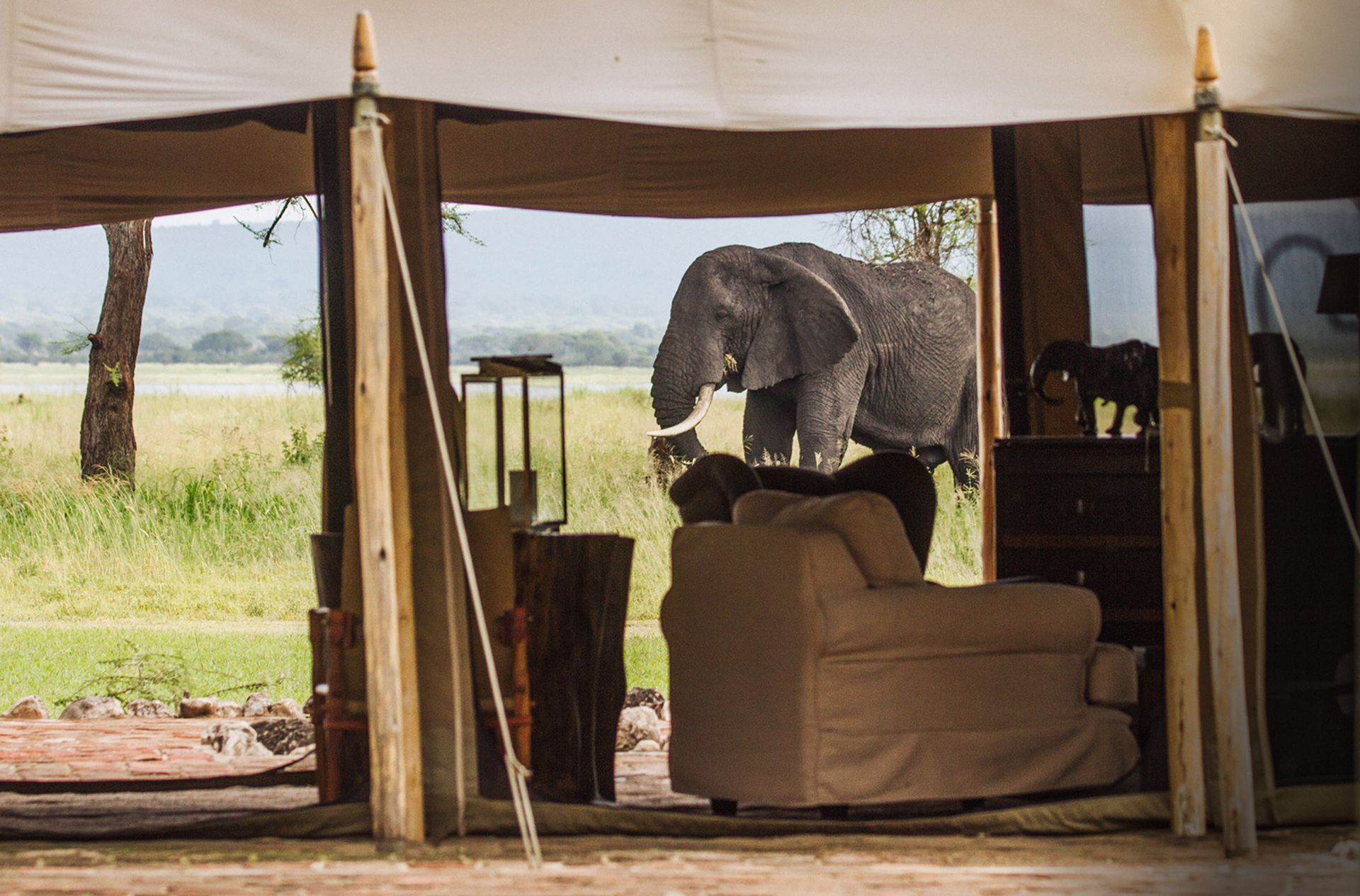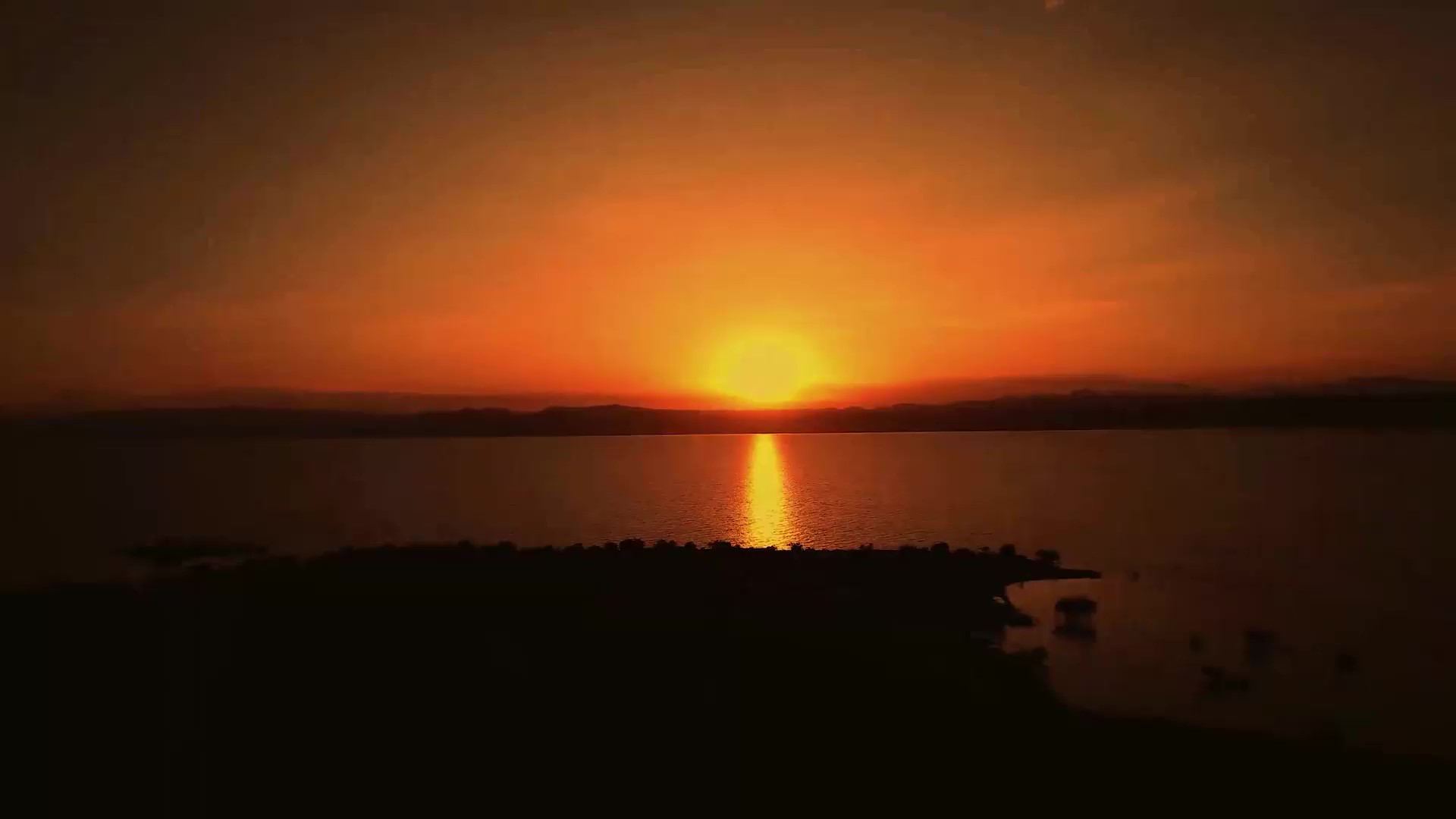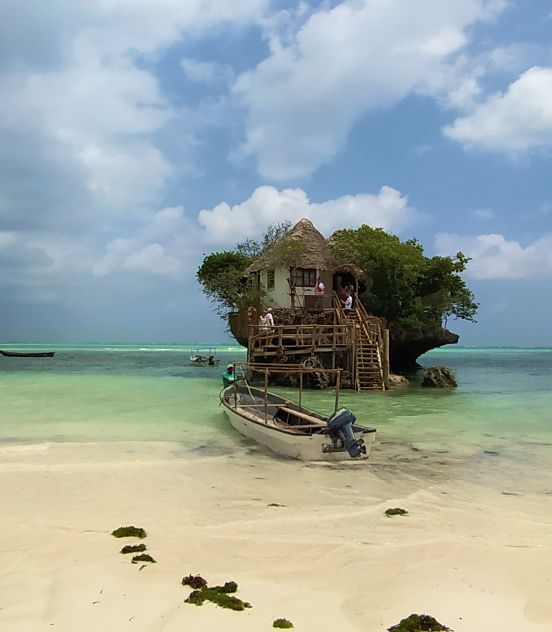Discover Serengeti
the path of the Great Migration
Serengeti National Park covers 14,763 km2. Established in 1951, tt is one of Africa's largest preserved ecosystems that begins in Tanzania and extends into Kenya. Home to a wealth of wildlife in all seasons with around 3,000 lions present almost everywhere.
The Great Migration of wildebeest and zebra travels through the Serengeti all year round. From December to February, it is found in the Ndutu region. From March to June, it moves to the centre of the Serengeti.
From July to September it is found in the north of the Serengeti, in the Mara region. In October and November, it returns to the centre of the Serengeti and then starts its migration cycle all over again.
There are for 4 gates to enter the park by car. It is also possible to use the various airstrips in all parts of the park by bush plane.
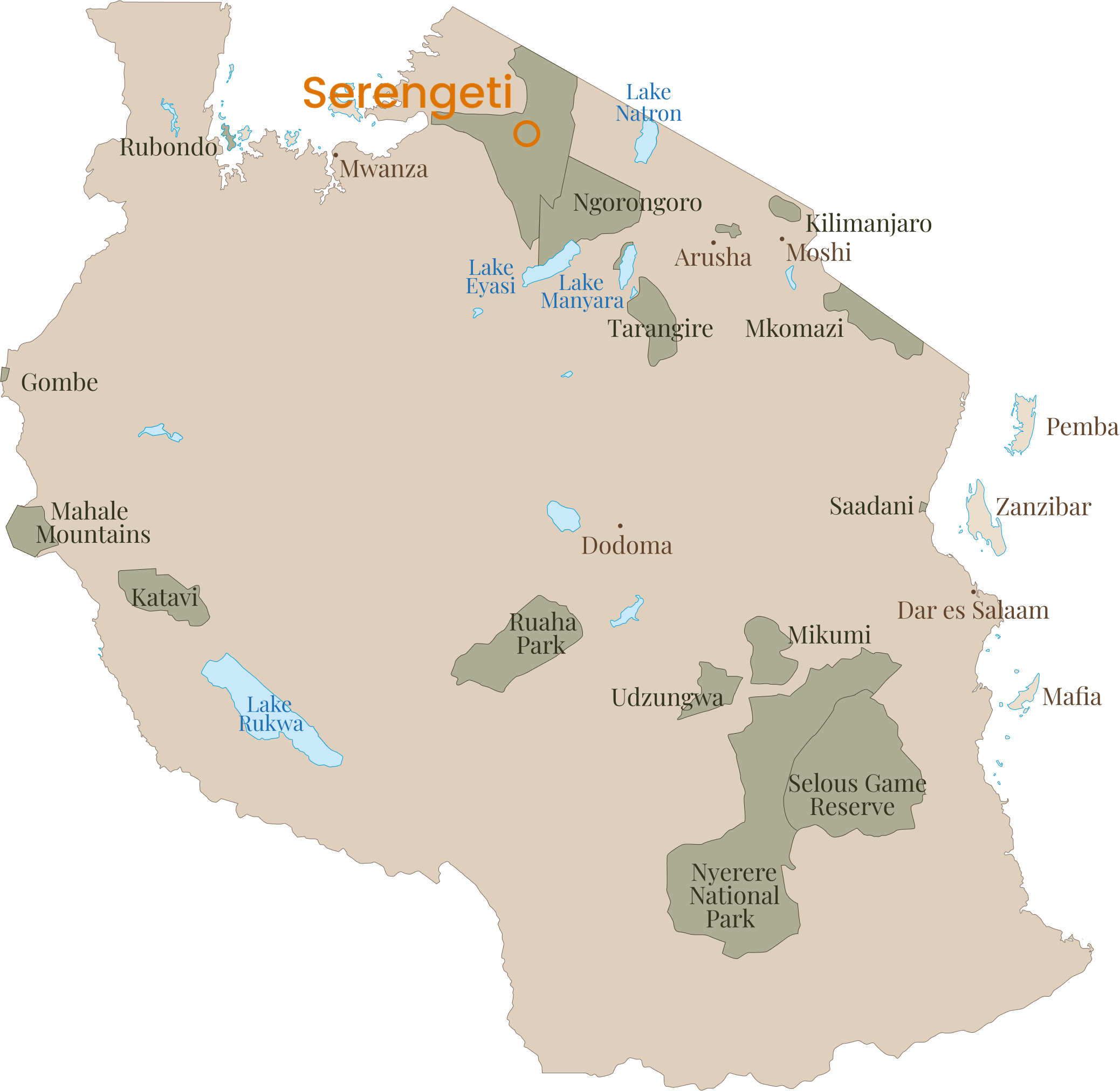

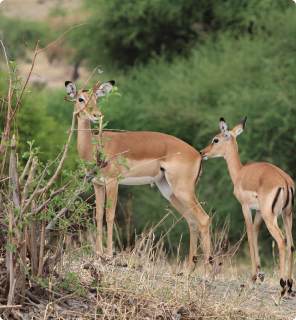
A journey to the heart of Tanzania's most beautiful landscapes.
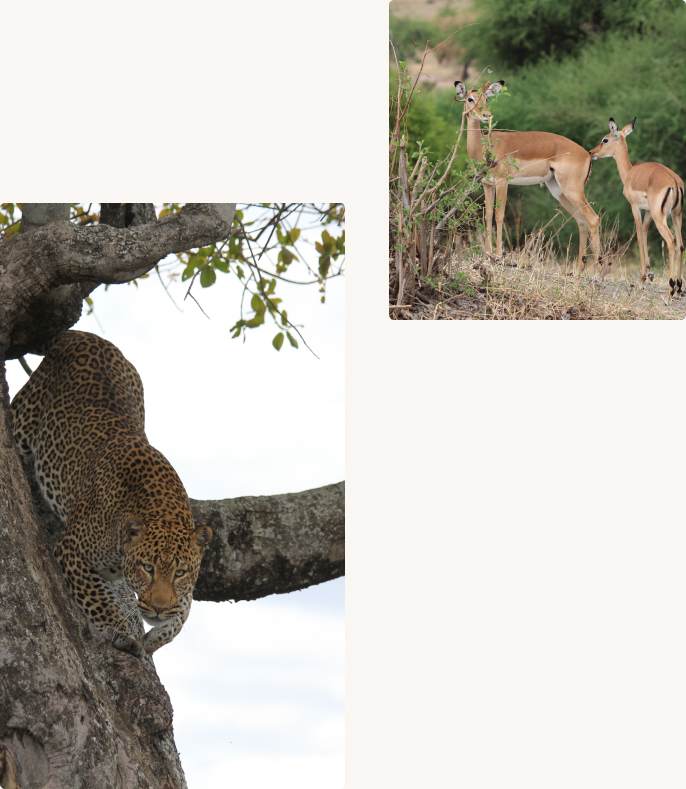
Habitat
& Animals
This vast territory is one of the last African ecosystems where the natural cycles of wildlife continue to unfold on an impressive scale. The endless plains of the Serengeti, with rivers and forests in between, provide a diverse habitat for a rich and varied wildlife. The grassy plains are home to large gatherings of wildebeest and zebra, while the woodlands and rivers are home to predators such as lions, leopards and crocodiles.
Look out for:
· Felines
· Elephants
· Wildebeest
· Gazelles
· Zebra
· Giraffes
A journey to the heart of Tanzania's most beautiful landscapes.
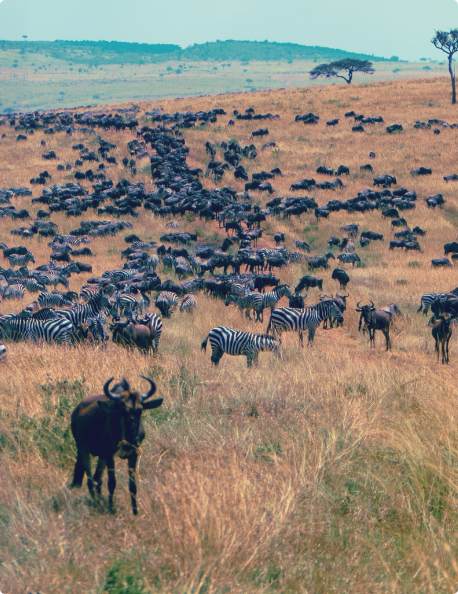
THE GREAT MIGRATION
The Great Migration is made up of millions of wildebeest, zebra and Thomson's gazelle that move every year in search of pasture. Their migration follows the rains and covers more than 3,000 kilometres. Observing this phenomenon in Tanzania also means following the rain, with the possibility of showers.
Predators follow, and the natural cycle of life is maintained. The crossing of the Mara River from July to September is particularly dangerous for herds and is often covered in wildlife documentaries. Further south from December to February, the migration moves to the Ndutu plains, where the young are born, becoming easy prey for the watchful predators.
Observing the Great Migration in the Serengeti, whether during river crossings or births, reminds us of the importance of preserving these natural cycles and protecting this unique ecosystem’.
 4×4 Safari
4×4 Safari
Cross the Serengeti plains in a 4×4 to see the Big Five and an incredible diversity of animals in their natural habitat.
 Hot-air balloon
Hot-air balloon
See the Serengeti from the air on a dawn hot-air balloon flight, offering spectacular views of the vast landscapes and wildlife in action.
 Witness the great migration
Witness the great migration
Experience one of the most impressive animal migrations, as millions of wildebeest, zebra and gazelle cross the plains in search of fresh pasture.’
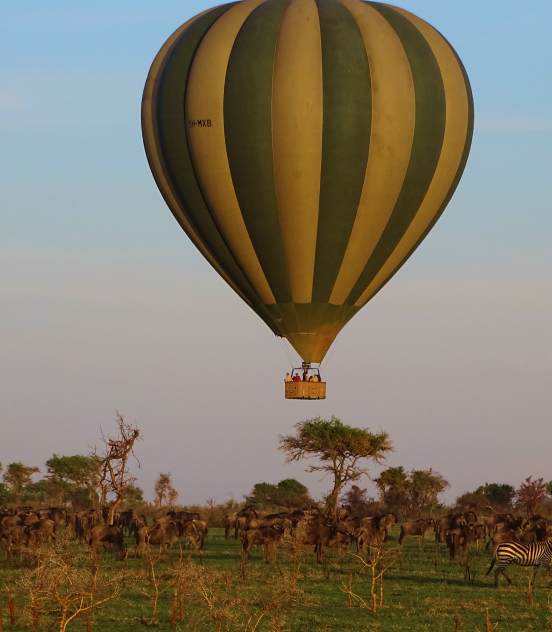
Your highlights
The Great Migration
The endless plains
Seeking out the Big 5
Sleeping inside the national park
Hear the lions roar at night
Where to sleep
to make the most of the Serengeti
These accommodations
have been selected with care
by our team.
Tented Camp
Pioneer Camp
Four Seasons Serengeti
Sayari Camp
Tented Camp
Pioneer camp
Four seasons serengeti
Sayari camp

Guide's tip
“The Great Migration is a unique phenomenon. To see the wildebeest crossing the rivers, you'll need to be patient. You can sometimes spend several hours waiting for the first wildebeest to jump into the water. The trick is not to get too close to the river and to stay well back so as not to advance until the last moment. Once the herd is launched, the spectacle is incredible and well worth the wait. It still gives me the shivers after all these years.“
Momo, Safari guide
Similar safaris
Explore our travel itineraries and get in touch to plan your tailor-made adventure.
01
02
03
04
Horseback safari
05
06
